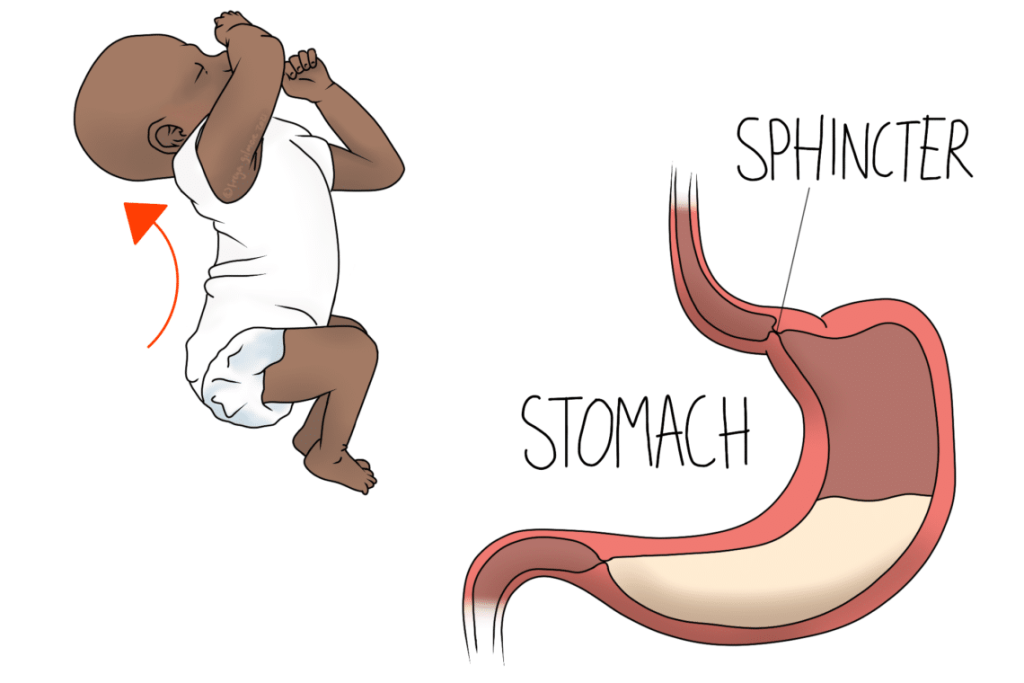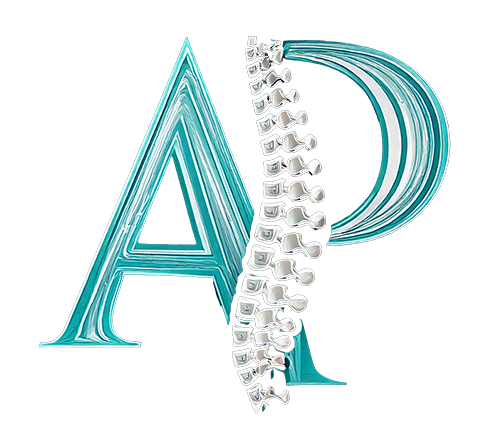Reflux
Acid reflux or heartburn can affect all ages. In this post we will cover both adult and infant cases of reflux.

Newborn Reflux
Young babies are renowned for “spitting up” after feeds. This is normal, and often the amount they produce looks like a lot more than it is. Spill a teaspoon of milk on a hard surface or muslin and you’ll be better able to estimate how much of their meal they’re really losing.
Reflux is different, and may or may not involve being sick at all. If your baby is routinely being sick and you have concerns about their ability to gain weight, speak to your health visitor or GP in the first instance.
Signs and Symptoms
One important sign for young babies is arching of the back. Other suggestions of discomfort after feeding can be vague, including:
- persistent crying, even when held
- resisting being laid down on their front, back, or side
They may also show signs that something is amiss during feeding. Noisy feeding, taking on air, and hiccupping can be associated with infant reflux. They may be signs of something else though, such as tongue tie.
Silent reflux can, unsurprisingly, be a lot harder to diagnose. The arching back might be the only clear sign, as the stomach contents does not make it back up to the mouth. This may be misdiagnosed as colic, which is a symptom rather than a diagnosis in itself.
Adult Reflux
The anatomy is slightly different for adults, so we generally think about different causes for symptoms. Some specific foods and drinks might aggravate your symptoms, or simply consuming too much at once and laying down soon afterwards could do it.
Persistent irritation of the base of the oesophagus can cause more significant damage, so if your symptoms don’t improve as expected, we may want to refer you back to your GP.
The Role of the Diaphragm
At any age, the diaphragm can play a significant part in reflux. The diaphragm is a sheet of muscle that attaches to the lower ribs, like a parachute. As it forms a membrane between the abdomen and thorax, anything that runs between the two areas will have to pass through the diaphragm itself. This actually helps to protect against reflux and is termed “the anti-reflux barrier“. Tension from the diaphragm around the base of the food pipe (oesophagus) helps to keep stomach contents from returning. However, dysfunction of the diaphragm could reduce the efficacy of the barrier.
Stress can often cause diaphragm problems, alongside changes in breathing and gastric function. This is covered in more detail in our blog post here.
Osteopathic Management
Treatment will vary from case to case. Work to release the diaphragm will often feature, which might entail direct massage to the area, or stretches to the ribs to encourage movement. If stress is the root cause here, it may also be beneficial to work on the upper back and shoulders. We may also to offer advice for aggravating factors in diet.
For babies, it may be more helpful to think outside the box, and begin to develop the ability to adopt more upright positions. This will depend on your baby’s age, ability, and other factors in their case.
Make an appointment here to assess your baby’s or your own reflux

